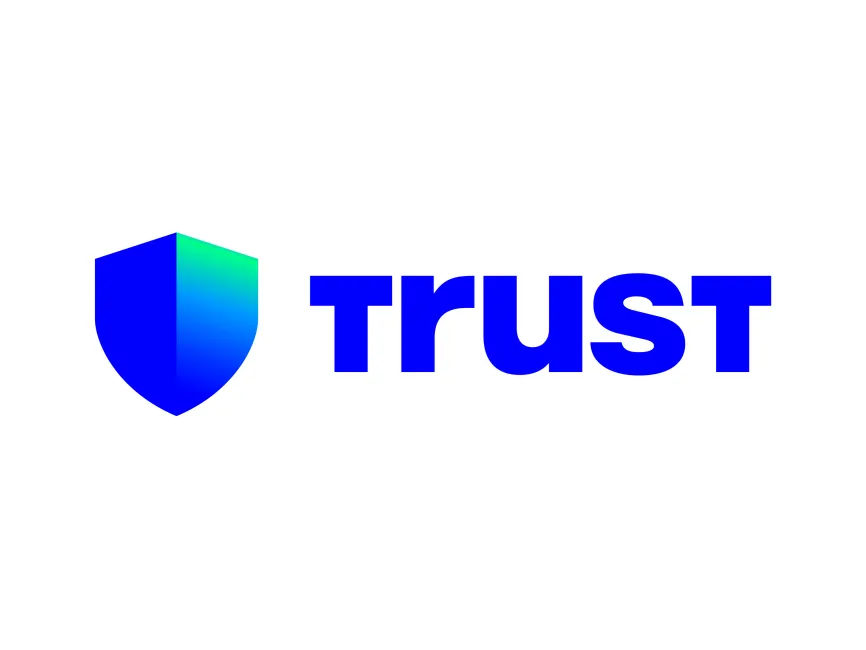Okay, so check this out—ever tried to sign a transaction on a DeFi app and felt like you were wrestling a ghost? Yeah, me too. It’s this weird mix of magic and math happening behind the scenes, but it’s not always as seamless as the hype suggests. Honestly, sometimes I get the vibe that the whole “one-click sign” thing is a little too optimistic. Because signing transactions isn’t just about hitting “approve.” It’s the gateway to trust, security, and seamless web3 integration all wrapped into one.
Whoa! At first glance, you might think a wallet just throws a signature on a transaction and bam—it’s done. But no. There’s this whole dance with private keys, nonce management, and syncing state between chains that often gets overlooked. My instinct says many users underestimate how fragile this process can be, especially when multiple chains and devices come into play.
Here’s the thing: the moment you connect your wallet to a dApp, you’re trusting that the signing process is bulletproof. But with so many wallets out there, each handling signing in slightly different ways, the experience can be inconsistent. And that’s not even mentioning network congestion or conflicting transaction nonces that sometimes cause failed or delayed confirmations.
Initially, I thought transaction signing was straightforward—sign here, send there. But then I realized it’s more like a game of telephone, where any misstep can break the chain of trust. What bugs me is how the ecosystem hasn’t fully ironed out these kinks yet, despite years of development.
Seriously?
Let’s talk about wallet synchronization because it’s the unsung hero in all this. When you hop between devices or browser sessions, keeping your wallet state synced is crucial. Imagine signing a transaction on your phone and then trying to see the updated balance on your desktop—but the two don’t match. Frustrating, right? This mismatch often happens because wallets don’t always sync their latest transaction history or pending states across platforms instantly.
Hmm… This is where extensions like the trust wallet extension come into play. They help bridge that gap, providing a more unified experience across devices and chains. But even then, the syncing isn’t flawless. There are delays, and sometimes the UI doesn’t reflect the true on-chain status immediately, which can be confusing—especially for newer users.
What really surprised me is how web3 integration complicates things further. Web3 isn’t just about wallets signing transactions; it’s about smart contracts, dApps, and protocols all talking harmoniously. And the signing process is the handshake that confirms your intent. But if the wallet and the dApp aren’t perfectly in sync, you can get stuck in limbo—transactions pending, or worse, rejected without clear reasons.
On one hand, web3 promises decentralization and control. On the other, it demands a level of technical finesse that most casual users don’t have. This gap makes reliable transaction signing and wallet syncing not only technical challenges but also UX nightmares.
Check this out—

This screenshot is from my recent experience using the Trust Wallet extension. Notice how the signing prompt clearly outlines the transaction details, giving me that extra sense of security before hitting “approve.” Without that transparency, I’d be very hesitant. It’s a small thing, but it matters.
So, what’s the better approach here? Honestly, it’s not just about building smarter wallets but about creating seamless standards for signing and syncing across chains and devices. Wallets like trust are taking steps in that direction by integrating multi-chain support and better state synchronization, but the ecosystem still has a long way to go.
I’ll be honest, I’m biased—but I think focusing on user-centric design is just as important as the cryptography underneath. If users don’t feel confident in the signing process, they’ll shy away from the whole web3 promise.
Something else I keep thinking about is how delayed syncing or confusing transaction states can open doors for phishing or social engineering attacks. When users see inconsistent wallet states, they might be more vulnerable to scams pretending to “fix” those issues. That’s why trust—both the feeling and the actual tool—is very very important.
Here’s a quick tangent: have you noticed how some wallets force you to reauthenticate every time you switch tabs or devices? It’s annoying, sure, but there’s a reason. It’s a security trade-off between convenience and safety, and not everyone realizes how delicate that balance is.
Actually, wait—let me rephrase that. It’s not just about annoying reauthentications but about ensuring that your private keys and signing intentions remain protected in a constantly shifting environment. This is where browser extensions shine, offering persistent sessions with better control but also introducing new attack surfaces if not implemented carefully.
In the wild west of DeFi and multi-chain ecosystems, wallets have to juggle all these factors—security, usability, speed, and syncing—without dropping the ball. And that juggling act is harder than it looks.
So yeah, if you’re browsing for the right wallet extension to handle multi-chain DeFi with smooth transaction signing and reliable syncing, give trust a serious look. Not because it’s perfect—nothing is—but because it nails a lot of the hard stuff that others still struggle with.
Honestly, the whole space feels like it’s on the edge of a breakthrough. The pieces are there, but the puzzle isn’t fully solved yet. And that’s exciting and frustrating all at once.
Anyway, I’m curious—what’s your gut feeling about transaction signing and wallet syncing? Does it feel smooth to you? Or like me, do you sometimes get stuck wondering if your transaction even went through? Somethin’ tells me this will keep evolving, but the human factor—the trust and the seamless experience—that’s the real game changer.
